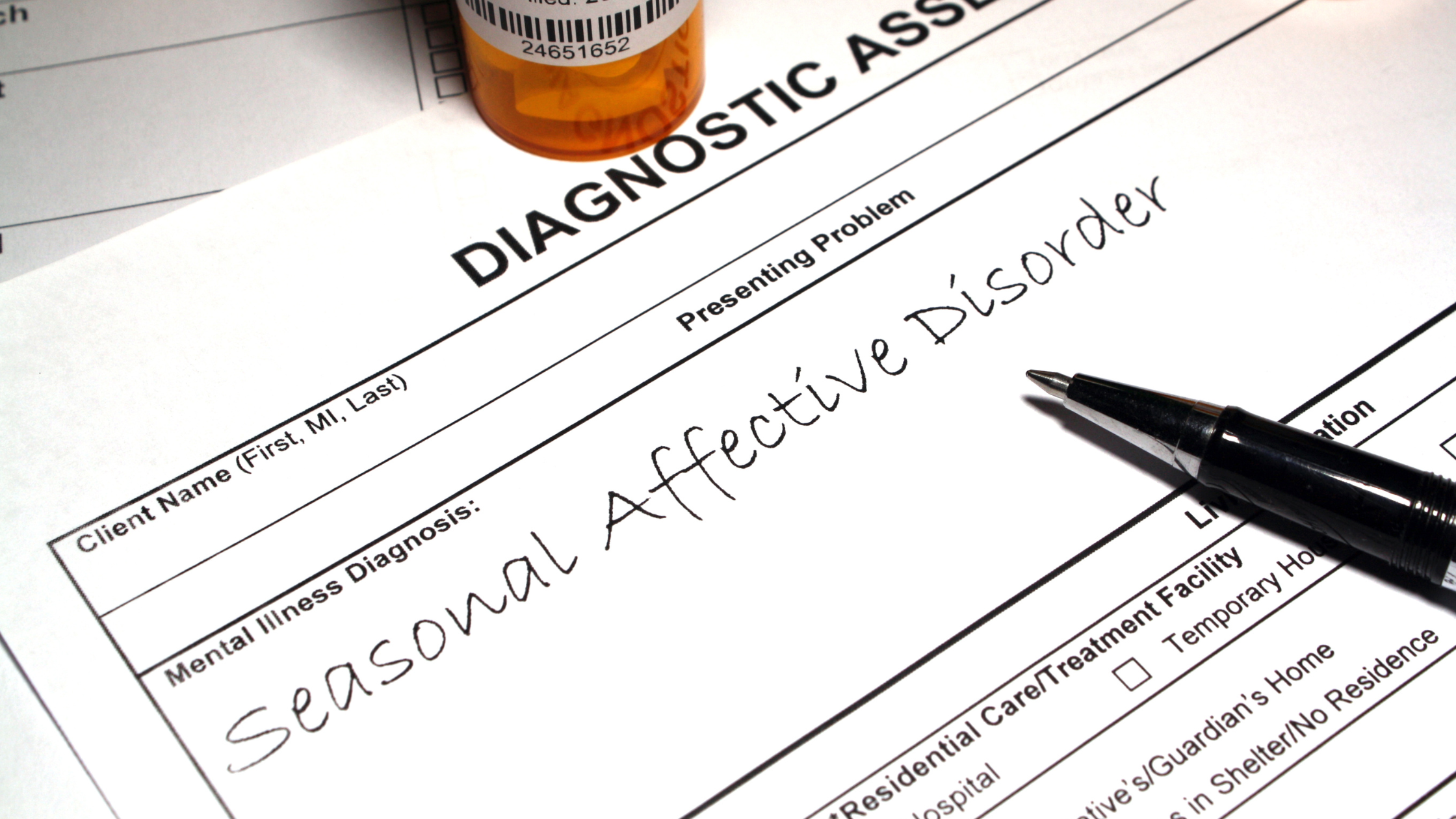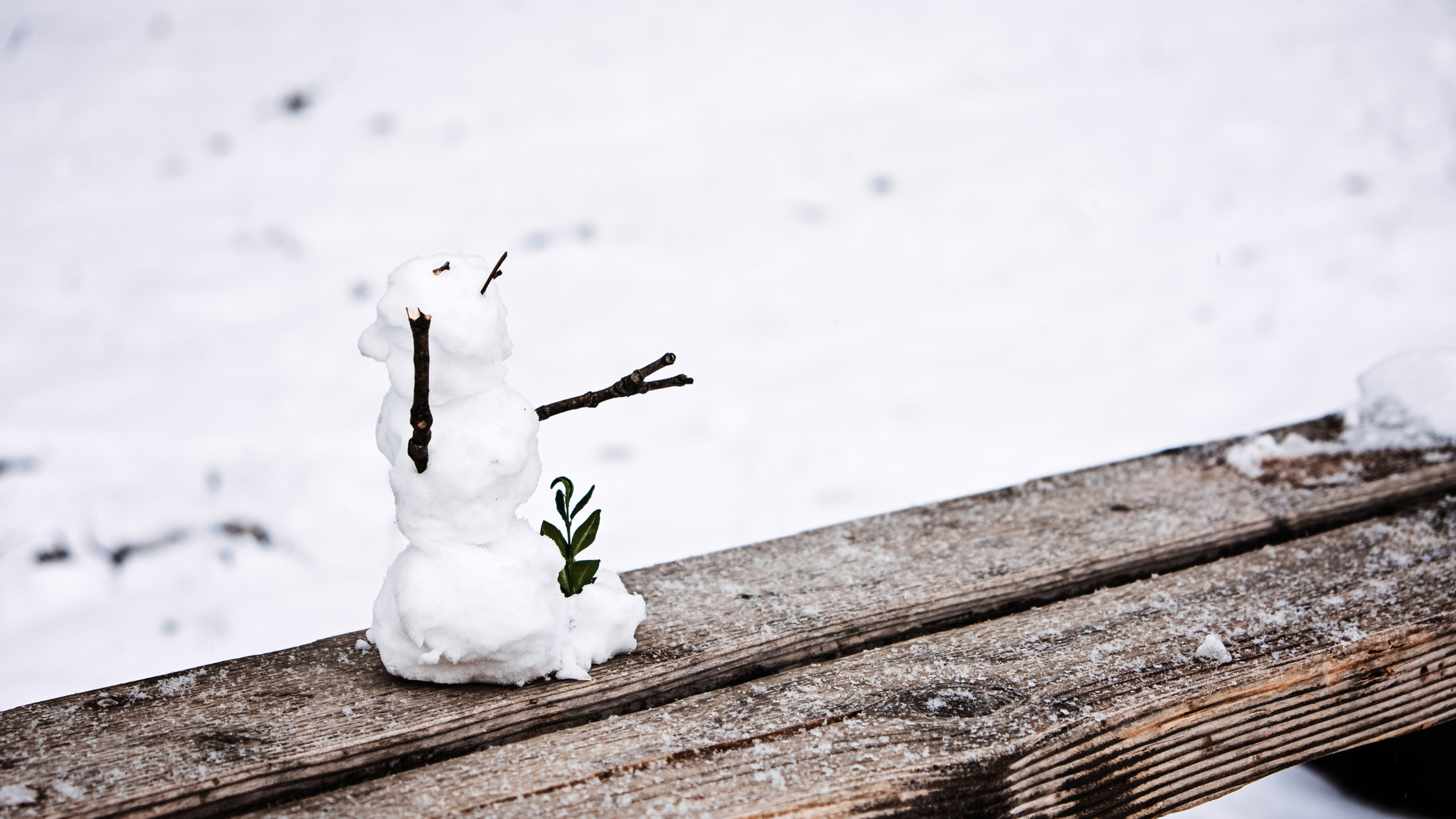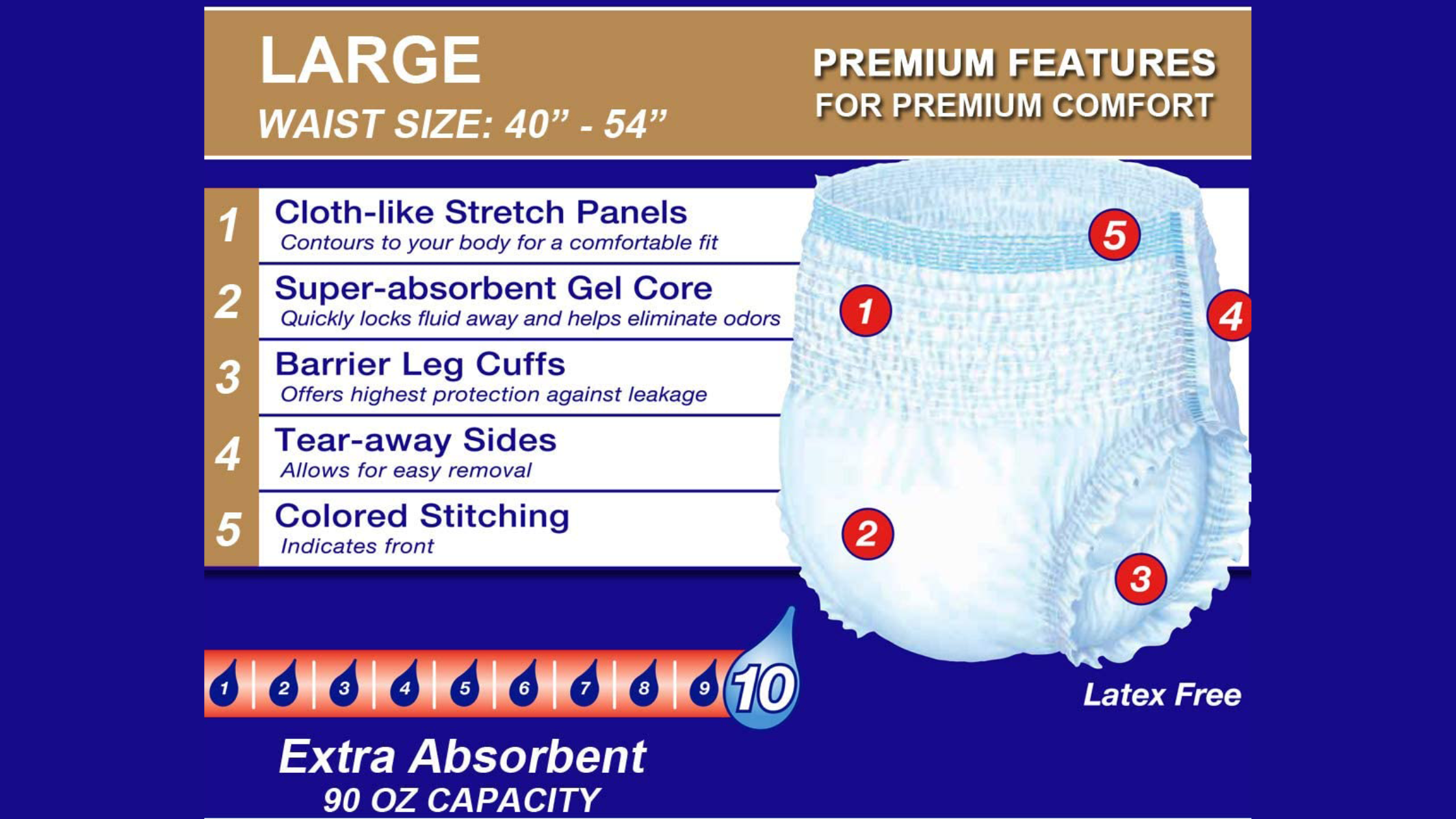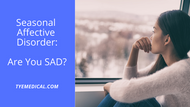Do You Get SAD? Identifying and Managing Seasonal Affective Disorder
Written by TYE Medical on Nov 16th 2022
We’re inching closer to shorter days and more hours of darkness. Some might look forward to this time of year, enjoying the slightly slower pace and opportunity to snuggle in at home a little earlier each day. But others struggle with the change of the seasons and fewer daylight hours. In fact, evidence shows it can dramatically affect your mood, even triggering depression.
Seasonal affective disorder, also known as SAD, is the medical term for depression triggered by changing seasons. But of course, it’s more complicated than this, and many other factors come into play, like a lack of sunlight, increased isolation, painful seasonal memories, the looming winter holidays, and the bleaker landscape.
SAD affects .5 to 2.4% of U.S. adults, including many women, young adults, and seniors. And typically, those who liver further north are most susceptible as the winter season is longer. But how do you identify SAD in yourself or others and how can you manage it? Let’s take a look.
How to Recognize SAD Symptoms

Symptoms usually begin around late fall or early winter and end in the spring, so it typically lasts 4-5 months. You might not experience symptoms every year, but many people do.
Symptoms of seasonal affective disorder include general symptoms of depression like:
- difficulty sleeping
- lack of energy
- trouble concentrating
- thoughts of suicide
- daytime fatigue
- overeating
- lack of interest in social activities
- weight gain
The key to pinpointing SAD is recognizing what triggers these symptoms and when your declining mood begins and ends. If your symptoms seem to begin and end with changes in the seasons, it can help you identify seasonal affective disorder.
What Causes Seasonal Affective Disorder?

The underlying causes of SAD aren’t simple. But you can unravel the web as you consider each possible trigger and how they relate to each other.
Sunlight, Hormones, and Your Circadian Rhythm
While the SAD-sunlight link hasn’t been conclusively proven, many accept the correlation between light and mood. Decreased exposure to sunlight during the winter months can throw off your body’s natural circadian rhythm.
Circadian rhythm refers to your biological clock that regulates your hormones, sleep, and mood. It reacts to the patterns of light and darkness in your environment, and some people may be more sensitive to these changes or struggle to adjust to external changes in light exposure. This can throw off your sleep for more than just a couple nights or a couple weeks.
When a lack of sunlight disrupts your circadian rhythm, it can also disrupt your hormones which this biological rhythm regulates. Affected hormones include serotonin and melatonin, which are neurotransmitters that act as hormones. The lack of sunlight can decrease production of the mood-elevating hormone serotonin and stimulate the mood-lowering hormone melatonin. As melatonin levels rise, you’ll also experience increased sleepiness in the daytime.
Isolation and Loneliness Can Trigger SAD
As daytime hours shrink during the winter season, there are often fewer evening activities or outings to participate in. People retire early and settle in at home. Just getting out of the house for a walk can be hindered by temperature and weather in many places.
This kind of isolation can promote loneliness that triggers feelings of depression. Decreased socialization and activity are byproducts of the changing seasons that have an indirect effect on mood.
Painful Seasonal Memories
Whether you’re conscious of it or not, memories impact mood and can be triggered by the changing of seasons. This is especially true during the winter months when the holidays roll around. As Thanksgiving and Christmas approach along with the chill in the air, you may experience SAD feelings that have more to do with memories or longing than a lack of daylight hours.
Many times, these feelings are associated with the loss of a loved one. So as the change in seasons display evidence of the impending holidays, you might find your mood dropping into a depressive state. Even after the family celebrations are over, it could take a month or two to feel like yourself again.
SAD and Senior Adults

Many seniors, especially those who live alone, battle with difficult memories and isolation that become tougher to manage during the dreary winter months. You might have family who live in another town, state, or country. And in our fast-paced modern world, it’s not common for families to be too busy to pay frequent visits.
Illness is also rampant during the colder months, and you might not feel physically well. Chronic conditions like arthritis flare up as the weather changes. And if you’re trying to avoid catching viruses like the flu or COVID, you might shy away from social gatherings during these months. This only amplifies feelings of isolation and seasonal affective disorder.
Managing Seasonal Affective Disorder

If you’ve pinpointed SAD as the culprit for your mood change, there are some ways to combat the problem effectively depending on the trigger(s).
Use Light Therapy
If one of your triggers is a lack of exposure to daylight, you can purchase a light box designed specifically for SAD. Light boxes deliver therapeutic doses of light at varying degrees. Just be sure to consult with your doctor first.
The general recommendation is to buy one with 10,000 lux light intensity. The greater the intensity the less time you need to spend using it. Most of them are designed to reduce damaging UV light, but check to be sure this is true of the one you purchase.
Plan for Social Time
When the seasons begin to change and you swap out your wardrobe and make adjustments around your home, also make some plans to be social. If you take initiative and plan time with friends, family, or a meetup group before your mood wanes, it could prevent an impending slump. Even if you schedule time tentatively, at least it’s on the calendar and can be adjusted as needed.
This will also give you some semi-solid plans to look forward to and can also bolster your mood. And your social plans don’t have to be elaborate. It could be as simple as dinner and a movie at someone’s home, a gabfest over coffee, or some mall walking with a friend or two.
Maintain a Sleep Schedule
If you suspect your circadian rhythm and hormones are triggering seasonal affective disorder, then you will likely benefit from keeping a set sleep schedule. When your circadian rhythm is out of whack due to the time change and change in sunlight hours, it can also throw off your body so that it isn’t sure when to be awake or asleep. You might experience insomnia at night that leads to daytime drowsiness.
The best way to regulate your circadian rhythm is through a set sleep schedule. Establish this healthy sleep pattern before the change of season to set yourself up for success. Going to bed and waking up at about the same time daily can help keep your circadian rhythm in a good flow and prevent insomnia.
A lack of sleep or a lack of quality sleep can easily trigger SAD symptoms.
Get Outside When You Can
When there’s a break in the weather or if you’re having a good health day, take advantage and get a bit of sun. During winter months, you can gain max sun exposure around noon when the sun is brightest and warmest. Head outside during this time and spend as much time as you can.
If getting outside isn’t an option, you can at least let as much natural light as possible into your home or workspace. Open the curtains and blinds to welcome the sunlight. Natural light is far more beneficial than artificial light. Light boxes would be your next best option rather than the artificial lights that typically light homes.
Get a Pet

If isolation and loneliness are your biggest triggers, you might benefit from having a pet. Of course, it’s best to choose a pet based on your budget and lifestyle. For many seniors, a small dog that’s already potty trained or a cat that’s litter trained can make an enjoyable companion. This is especially true during the winter months when you’re more confined to home or have fewer visitors.
Volunteer
Before heading into winter, you might benefit from volunteering in your community. Even during the colder months, libraries, schools, shelters, museums, and food pantries still need community support. Get some information and schedule some volunteer hours. Giving to others is a reward in itself, but it can also alleviate those creeping depressive feelings that invade this time of year.
Be Active
Physical activity promotes mental health and boosts mood. You can head off a depressive state when you add some exercise or movement into your day. Be especially diligent about this during wintertime, and even start your routine as early in the fall as possible to establish the habit before the dreary season hits.
Adding exercise to your day can alleviate seasonal affective disorders symptoms regardless of the trigger, because it’s a powerful weapon against a slumping mood.


